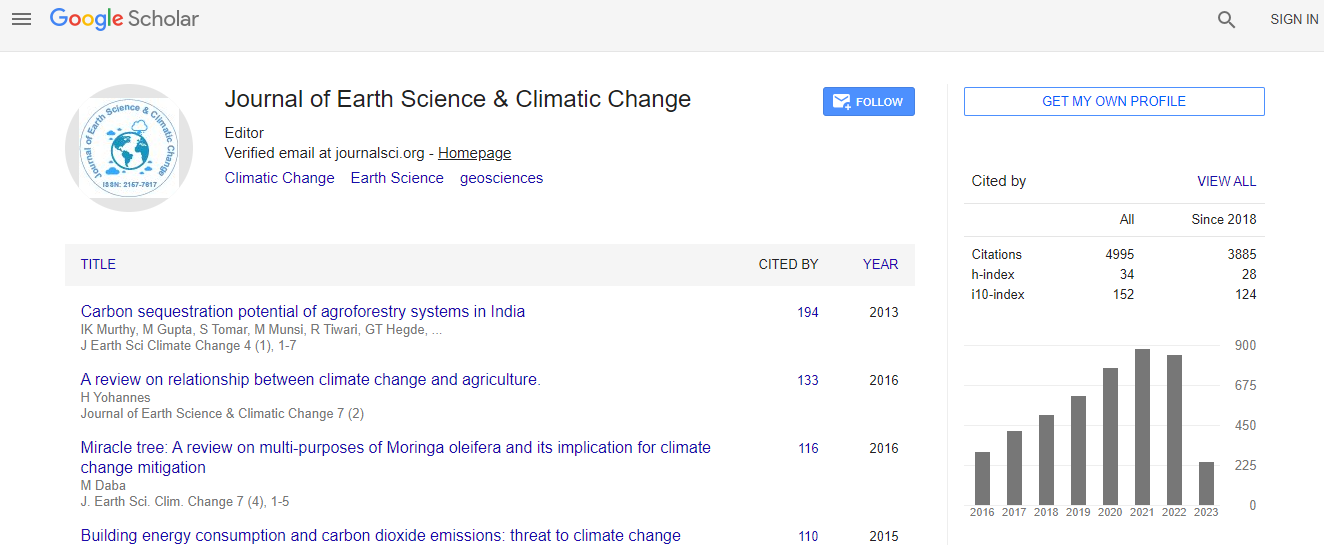A 3D Geophysical Model of Baggara Basin, Darfur Sudan
*Corresponding Author: Mohammed Zakaria Abdalrahim, Department of Geology, Faculty of Science, University of Khartoum, Khartoum, SudanReceived Date: Sep 22, 2024 / Published Date: Feb 19, 2025
Citation: Abdalrahim MZ (2025) A 3D Geophysical Model of Baggara Basin, Darfur Sudan. J Earth Sci Clim Change 16: 873.
Copyright: © 2025 Abdalrahim MZ. This is an open-access article distributed under the terms of the Creative Commons Attribution License, which permits unrestricted use, distribution and reproduction in any medium, provided the original author and source are credited.
Abstract
Integration of gravity and resistivity methods were used to characterize the geological structures and the hydrogeological conditions in Baggara Basin.
Baggara Basin is structural depression as a pull-apart basin produced by displacements along a system of faults. Five stratigraphic units occupy the depression; the superficial deposits, volcanic lavas (Eocene/Miocene), the Umm Ruwaba formation, Nubian sandstone formation, and the basement complex.
Gravity measurements give a sense of that the Baggara Basin was dissected by different fault trends with down throws towards the center of the basin resulting in formation of many sub-basins. The thickness of the sediments occupying these sub-basins vary from few meters at the periphery of the basin to more than 3000 meters at the central part. However, the study area comprises five main sub basins, in which the inversed model shows that most of the sub basins (troughs) are formed in graben structure as many faults were detected and showed a domino style. These sub-basins are; Om Alkhiyrat sub-basin, Solowng/Umm Dursoh sub-basin, Ghibeibish/Tulus sub-basin, Abu Sufian sub-basin, Rakuba sub-basin.
Resistivity inversion showed that the Baggara Basin consists of various sedimentary sequences including sandstone, and mudstone, that characterize the cretaceous sedimentary formation (Nubian sandstone), in addition to the unconsolidated sediments of Umm Ruwaba formation.
The Nubian sandstone formation is dominated in the western, southwestern and southern part of the basin, while in the eastern and central part of the basin the Umm Ruwaba formation prevails, and overlies in some areas directly the basement complex rocks. The Basin contains two main groundwater aquifers: the Umm Ruwaba aquifer and the Nubian aquifer, where Nubian prevails in the western and southwestern parts, while Umm Ruwaba is in the eastern and southeastern parts, and in the center both of them is existed.

 Spanish
Spanish  Chinese
Chinese  Russian
Russian  German
German  French
French  Japanese
Japanese  Portuguese
Portuguese  Hindi
Hindi 

